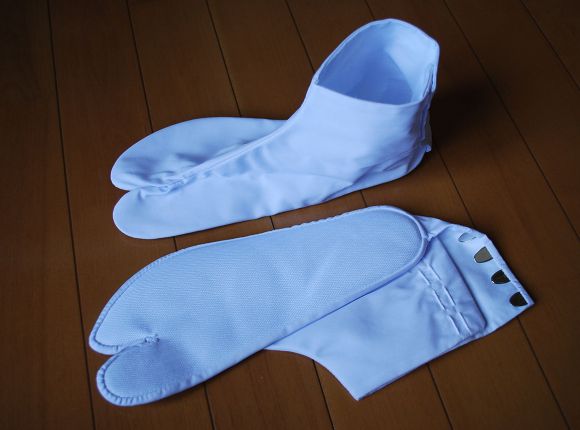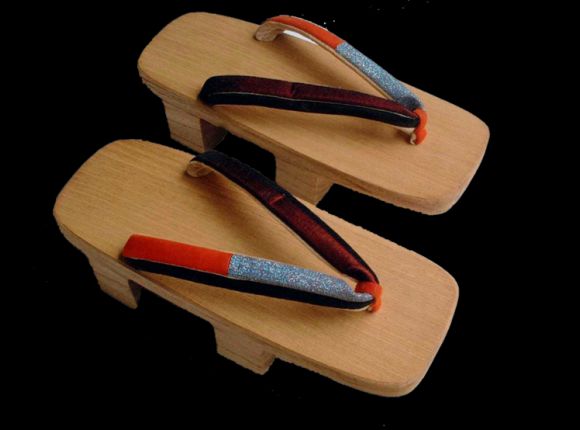1. Kokeshi Dolls
Kokeshi dolls are handcrafted wooden dolls made by Kokeshi artists. Traditional Kokeshi dolls are now made only in the Tohoku area in the northeastern part of Japan. There are many places in the Tohoku area where Kokeshi dolls are made as a special regional product, and Tsuchiyu is one such place. Dogwood and pear trees (mizuki and nashi in Japanese) are used to create the original design by hand.
Because of the nature of the wood, the older the Kokeshi doll is, the more "mature" and "ripened" its wooden body reveals distinctive, sophisticated look. Very old Kokeshi dolls are considered antiques and some are priced as high as $1,000 or more. However, in a more traditional sense, Kokeshi dolls may be purchased for $30 or 3,000 to 3,500 Japanese Yen.
Buy It on Amazon:
Offline reading and travel directions:
With GPSmyCity App you can read this article offline on your mobile device, use the embedded offline city map and GPS navigation, as well as create a self-guided walk to visit the venues featured in the article.
2. Japanese Calligraphy Set
Calligraphy is a type of visual art: the art of giving form to signs in an expressive, harmonious and skillful manner. The local name for calligraphy, better known as Shufa, is appreciated throughout the island of Japan. Its shape, size and brush material determines the overall quality of the calligraphy pen. Although this art has died out in recent generations, the market for calligraphy pens still remains very much alive.
Calligraphy has influenced ink and wash panting, which is one reason this art remains alive today throughout the homes and temples of both eastern and western Japan. Today, calligraphy has its roots linked to Buddhism and is taught to elementary school children before pursuing higher education. Oriental Bazaar sells calligraphy sets that range in brush styles from horse hair to bamboo. The more expensive calligraphy sets can be custom-ordered and go for between $100 and $300, depending on the manufacturer.
Where to find it:
Oriental Bazaar
Address: 5 Chome-9-8 Jingumae, Shibuya, Tokyo 150-0001, Japan
Opening hours: Monday, Tuesday, Friday - Sunday: 11 am - 6:30 pm
Buy It on Amazon:
Offline reading and travel directions:
With GPSmyCity App you can read this article offline on your mobile device, use the embedded offline city map and GPS navigation, as well as create a self-guided walk to visit the venues featured in the article.
3. Wagashi
Wagashi is a traditional Japanese pastry made of mochi, azuku bean paste and fruits. Most ingredients found in the plethora of wagashi varieties are extracted from natural plants. With the introduction of tea to Japan in the early 720s, the country discovered powders and mochi, which eloquently complemented this sweet pastry. The variety of wagashi pastries ranges from Animitsu (gelatinous cubes made of fruit) to Dango (small, sticky and sweet mochi, commonly skewed on a stick) to Imagawayaki (pastry covered in fried dough). Wagashi is also categorized by its moisture content. Depending on season, certain kinds of wagashi are produced and sold. For example, namagashi contains 30% more moisture and, therefore, varies in size between the cool and warm seasons. Wagashi, much as most any other pastry, is in high demand in Tokyo, and costs fairly low, $5-10 (500-1,000 Japanese yen).
Offline reading and travel directions:
With GPSmyCity App you can read this article offline on your mobile device, use the embedded offline city map and GPS navigation, as well as create a self-guided walk to visit the venues featured in the article.
4. Sake Set
A sake set is a generic term for a jar and cups used for serving Japanese alcohol, Sake. Sake vessels are made of ceramic and feature asymmetrical designs. Sake can be served in many different cups, including: saucer-like cups, called sakazuki; small cylindrical cups - ochoko; and masu - wooden cup boxes. Additionally, to chill sake, they use choiori. The sake “server”, included in the set, is called tokkuri and is traditionally shaped like a vase with a narrow neck to prevent heat from escaping. The wooden box is used for additional sake liquor to serve as a “spill-over” dish. Sake is quite popular among tourists in Japan, and can be found in Tokyo at Oriental Bazaar. More expensive and intricately made sake sets range in price between $100 and $200.
Where to find it:
Oriental Bazaar
Address: 5 Chome-9-8 Jingumae, Shibuya, Tokyo 150-0001, Japan
Opening hours: Monday, Tuesday, Friday - Sunday: 11 am - 6:30 pm
Buy It on Amazon:
5. Lacquer Obento Boxes
Japan’s small servings and petite style of eating are clearly displayed in the form of Obento boxes. The latter are used for serving lunch, comprising pickled vegetables, rice, beans, curd and other ingredients. Obento boxes are made environmentally-friendly or from recycled laquerware. Japanese homemakers (in keeping with tradition) spend a lot of time and energy on their children, making for them, among other things, tasty lunches to take to school. The most popular styles vary from panda bear faces to popular Anime characters to scenic views of the Tokyo skyline. Because Obento boxes are so popular, most stores, and even train stations, sell them.
6. Traditional Fan (Uchiwa)
A hand-fan, better known as a traditional Japanese fan, induces airflow, while intriguingly fanning elaborate Japanese art, such as a poem or Japanese calligraphy. Due to Japan’s parching summers, the fan is an eminent gift and is commonly seen on the crowded trains and Shinkansen (high-speed railway line) during the summer. The earliest fans were invented in China, while in Japan, the earliest fan, made of bamboo, was typically seen as part of a Geisha outfit. Nowadays, fans symbolize friendship, respect and good wishes. Most are given on special occasions or used as vital state props in Japanese plays at Kabuki Theater. A popular style of fan, known as the war fan, is made of lacquer and became prominent around the Edo period of the Samurai era. The typical price range for fans is $50-80 U.S. dollars (5,000 to 8,000 Yen). Depending on the manufacturer or period of manufacture, the price can increase.
Where to find it:
Oriental Bazaar
Address: 5 Chome-9-8 Jingumae, Shibuya, Tokyo 150-0001, Japan
Opening hours: Monday, Tuesday, Friday - Sunday: 11 am - 6:30 pm
Buy It on Amazon:
7. Hashi (Ivory Chopsticks)
Chopsticks are popular in Asian cultures, especially Japanese and Chinese. Hashi, also referred to as chopsticks, are short- to medium-length and have a tapered and pointed end. Traditionally, hashi are made of wood and lacquered, however, in Japan, they also use many other materials for chopstick, such as bamboo, plastic, metal, porcelain, animal bone, ivory, jade, agate, gold, brass or even coral. Bamboo is quite common a chopstick material as it resists cracking and abundant on the island. Hashi chopsticks, specifically those made of ivory, are seen a lot throughout Japan; the country's capital Tokyo offers the largest selection thereof and at most reasonable prices. In a Japanese restaurant, you will find disposable chopsticks scattered around the table; however, ivory chopsticks are long lasting, and make a great gift for an adventurous eater and chef. Oriental Bazaar is the place to find ins and outs of Japanese culture, including Hashi and Hashi rests.
Where to find it:
Oriental Bazaar
Address: 5 Chome-9-8 Jingumae, Shibuya, Tokyo 150-0001, Japan
Opening hours: Monday, Tuesday, Friday - Sunday: 11 am - 6:30 pm
Buy It on Amazon:
8. Rilakkuma Bear
This cute stuffed bear toy is always in a relaxed mood. The included sleeping bag, made out of a soft boa, will let you tuck your bear in at night and say "good morning" when the sun comes up. The Rilakkuma bear simply snuggles with your child to help ensure tranquility. The sleeping bag is also reversible with an adorable polka-dot fabric on the inside. Bears, such as the Rilakkuma, became popular in Japan around 2008, when Kiddy Land underwent remodeling. Since then, the stores have housed a collection of these bears as an iconic symbol of the typical Japanese child. Kiddy Land houses numerous furry friends, perfect for small children.
Where to find it:
Kiddy Land
Address: Japan, 〒150-0001 Tokyo, Shibuya, Jingumae, 6 Chome−1−9
Opening hours: Daily: 11 am - 8 pm
Buy It on Amazon:
9. Manekineko
The most famous cat in Japan, known as Manekineko, lines the entrance ways of many restaurants, bars and shops around the country. While it is believed that Manekineko first appeared during the later part of the Edo period (1603–1867), the earliest documented evidence of it comes from the 1870s, during Japan's Meiji Period. This welcoming cat is a common sculpture beckoning its upright paw, as a symbol of good luck, to guests. The Welcoming Cat can be found gesturing both, its left and right hand; both are said to be of significance. The Manekineko is rather expensive, $70-90 U.S. dollars (about 7,000-9,000 Yen), but is durable and hand-crafted to last for generations. The popular Omote-Sando district of Tokyo, in conjunction with the Choyda Line, is known for selling these cats in a large variety.
10. Amazake
Amazke is a sweet, low-alcohol beverage made from fermented rice. Dating back to the Kofun period, it became a popular source of sweetness for Japanese cooking. Amazke can be used as a dessert additive, snack, baby food, or salad dressing. One of Japan's most popular dishes includes aspergillus oryzae, miso, soy sauce, sake and amazke. In fact, amazke is rather commonplace on a traditional family kitchen. It is nutritious, with no added preservatives, sugars or salt. Also, during New Year celebrations, the beverage makes its way into Shinto shrines. Department stores throughout Tokyo, such as Mitsukoshi, sell this drink on a regular basis. The prices are reasonable – no more than $30 or 3,000 Japanese yen.
Where to find it:
Mitsukoshi
Address: 1 Chome-4-1 Nihonbashimuromachi, Chuo City, Tokyo 103-8001, Japan
Opening hours: Daily: 10 am - 7 pm
11. Hakama
Hakama is a traditional Japanese clothing, originally worn by men. Today, however, the Hakama is worn by both men and women. Hakama garb have seven deep pleats – two in the front and five in the back. The Hakama resembles the Samurai garb of traditional trousers and asymmetrical design aesthetics. The men’s Hakama is made of striped silk, generally, black, navy and white. These are worn with black montsuki kimonos (kimonos with either one, three, or five family coats of arms on the back, chest, and shoulders), white tabi socks divided down the middle, white under-kimono and various types of footwear. In cooler weather, a montsuki haori (long jacket) with a white haori-himo (haori-fastener) completes the outfit. Because of the Hakama’s traditional value, the prices usually range between $100 and $200 U.S. dollars.
12. Furoshiki
A furoshiki is a distinctive wrapping cloth used to wrap, transport and decorate gifts. This item has become closely related to a bathing cloth, deriving from the Edo Period. Silk, rayon, cotton and nylon are among the fabrics used to eloquently decorate the cloth. Furoshikis are on the more expensive side of Japanese gifts, as the many uses of this product dictate the market. Shinagawa Station houses a collection of originally designed Furoshikis. In addition, Tokyu Hands (located outside of almost every train station in Tokyo), houses this gift-wrapping iconic item, marginally priced at $50-100 U.S. dollars. However, custom-made furoshikis come in a more expensive range, between $200 and $300.
13. Noren Curtains
The vast variety of vibrantly colored Noren curtains, traditional Japanese cloth room dividers, are sold in a big variety throughout Tokyo and the suburbs. The origin of Japanese noren goes back a long way to the Jomon Era, around 12,000 to 300 B.C. At the time, the sole purpose of norens was to cover houses with it in a bid to protect them from the negative forces of nature and the environment (i.e weather damage, sun exposure, etc). However, today, the Japanese use noren only for decorative and creative purposes. The most popular designs include the famous Mt. Fuji Wave painting and calligraphy designs. For tourists, this product is particularly easy to carry as its versatile designs allow for easy folding. Department stores, such as Daimaru, Matsuzakaya, Tobu, and Tokyu, sell norens for $50 to $200 U.S. dollars. Most these stores can be found on Ginza Dori, outside the Ginza train station.
14. Yunomi
Yunomi are ceramic teacups made for everyday tea drinking, not for tea ceremonies. They are taller than wide in appearance and have a trimmed or turned foot. There are yunomi that are sold in pairs, and they are called meoto yunomi. Meoto means “married couple”. Meoto yunomi usually have the same pattern, but differ in color, shape and size. The larger one is the “husband” cup and the smaller one is the “wife”. There are a few yunomi styles and most potters make them.
One can find yunomi at the Oriental Bazaar. The yunomi found there have the 茶 character, meaning "green tea", painted on. The Yunomi prices differ, depending on the style and the material used. A good cup may cost up to ¥10000 ($123), while a simple one - about ¥1000 ($12).
Where to find it:
Oriental Bazaar
Address: 5 Chome-9-8 Jingumae, Shibuya, Tokyo 150-0001, Japan
Opening hours: Monday, Tuesday, Friday - Sunday: 11 am - 6:30 pm
Buy It on Amazon:
15. Kanzashi
Kanzashi are traditional Japanese hair accessories that were widely in use during the Edo period; sometimes, in case of emergency, they were also used for self-defense. Eventually, the kanzashi craftsmanship reached a very high point and gave rise to many different styles and designs. In 1982, tsumami kanzashi was officially recognized as a traditional Japanese handcraft in the Tokyo area. Kanzashi are made from different materials, such as lacquered wood, gold and silver platted metal, tortoiseshell, silk and, nowadays, also plastic. There are several traditional kanzashi styles that follow complex flower and seasonal arrangements, though they are seldom followed these days. Usually, maiko (apprentice geiko, similar to geisha, but not exactly the same) still follow them. Kanzashi cost from ¥4000 ($50) to ¥132000 ($1630) and more.
16. Obi (Sash)

Obi is a sash used with traditional Japanese clothing, such as keikogi (a kind of training uniform used in Japanese martial arts) and as a part of kimono. At first, obis, for both men and women, were simple narrow sashes worn about the waist to hold the folds of a kimono. During the Genroku period (approximately late 17th century – early 18th century), kimono styles significantly changed and so did the obis, in order to suit the changes. Nowadays, an obi for men is about 10 centimeters wide, and for women – 30 centimeters. There are many types of obi, most of them are for women and categorized by design, formality, material and use. The most colorful and various in design are the obis for unmarried women. Being an accessory for traditional Japanese clothing, obis have various accessories made specially for them.
While it may be expensive (over $20,000) to buy a complete kimono outfit with all the due accessories, buying an obi is far less expensive. Prices for obis range from $20 to several hundred dollars, depending on design and material. You can find obis in most department stores all over Tokyo with different variations in prices.
17. Tabi Socks
Tabi socks are still worn extensively throughout Japanese provinces, and not just for special occasions or holidays. Tabi socks are dyed mostly with organic dyes, resembling porcelain in color, and feature patterns common to Japan. Worn together with sandals, tabi socks are used by Japanese men as much as women. The socks are made from various materials – sometimes purely organic, but mostly of cotton fabric used for mass production. One can see lines of tabi socks outside temples, as they are among the few elements of minimalist attire that the monks and other religious personas wear in keeping with Buddhist tradition. Although tabi socks are not commonly given as a gift at fancy parties, they can make an ideal present for those fashion-minded and generally interested in Japanese culture.
Where to find it:
Daiso store
Address: Japan, 〒111-0032 Tokyo, Taito City, Asakusa, 1 Chome−25−15
Opening hours: Daily: 10:30 am - 9 pm
Buy It on Amazon:
18. Geta Sandals
Geta sandals are a type of footwear consisting of a clothing thong attached to a wooden platform. Its origin dates back to the late 300 A.D. and is seen alongside the standard Yukata (casual summer kimono). Although this type of footwear is largely associated with the samurai culture, modern Japanese men also tend to wear these wooden sandals a lot on the streets of Tokyo. Zori Sandals (designed in a similar fashion to Geta sandals) utilize bamboo tatami material. Tatami are the straw mats that cover floors in Japanese homes. They are usually rectangular in shape (about 90cm wide and 180cm long) and made of hard-packed straw covered with a kind of rush, called igusa. The edges are hemmed with cloth. Oriental Bazaar features ins and outs of Japanese culture, including Geta sandals. The typical price range for Geta sandals is $50-$80 U.S. dollars (5,000 to 8,000 Yen).
Where to find it:
Oriental Bazaar
Address: 5 Chome-9-8 Jingumae, Shibuya, Tokyo 150-0001, Japan
Opening hours: Monday, Tuesday, Friday - Sunday: 11 am - 6:30 pm
Buy It on Amazon:
Other Interesting Souvenirs from Japan
If traveling to the Land of the Rising Sun is not on your immediate agenda, or you simply can't afford an extra space in your luggage, fortunately, these days, you can find a wide selection of authentic and truly interesting Japanese souvenirs online. Presented here are some of the Japanese products sought by foreign visitors, now available online for your convenience.
1. Sweets and Snacks - Daifuku, traditional Japanese rice cake available in 5 fruity flavors (Matcha, Chestnut, Sweet Red Bean, Salty, and Sweet Red Bean). Good thing to share with a friend, particularly if s/he has a sweet tooth.
Assortment of Japanese "DAGASHI" snacks much loved by the locals since 400 years ago and still popular in today's Japan. Quite handy a gift for a party, St. Valentine's Day or any other celebration.


2. Matcha (Green Tea) - Organic green tea powder (naturally gluten free and vegan) of authentic Japanese origin. This unique product is made of the premium quality green tea leaves ground into a fine powder. Can be consumed directly as tea or as a culinary ingredient added to delicious, healthy smoothies, lattes, baked goods, and other dishes.




3. Kendama - An ancient toy (introduced to Japan from China, back in the 1700s), comprising a small wooden ball and a string, meant to develop one's skill by tossing the ball and catching it in one of the shallow cups. Will capture your kids' imagination and keep them active, while absolutely safe. Suits all ages.

4. Tenugui - Japanese hand towels, typically made from cotton, quite smooth in texture unlike its Western terrycloth counterparts. Suitable for various purposes, such as drying hands, bodies, etc. May be used instead of a handkerchief or as a wrapper for gifts. The locals also wear it around their head, as a bandanna, or around the neck, as a scarf, or just sit on it, as a mat. Also suitable as a mask or strainer.



5. Omamori - Traditional Japanese Shinto lucky charm, commonly sold at religious sites, available in a variety of styles and designs. Each omamori has a special purpose - some facilitate good fortune in business or love, others bolster good health or success in exams.



6. Cosmetics - Japanese-made hydrating lotion, anti-ageing beauty serum, moistursing milk, face cream, face mask, and eye mask. Among these is Kikumasamune High Moisture Sake Brewing Skin Care Lotion made of famed dry sake (Japanese rice liquor), naturally high in kojic acid that hydrates, soothes, smoothes, and brightens the skin; as well as Makanai Cosme Hair Soap/Shampoo Bar with Camellia Oil & Black Sugar that leaves the hair soft, mild and naturally beautiful.





7. Furin (Wind Chimes) - Wind bells, iron cast in the form of pagoda lantern or a traditional Japanese temple bell, with a clear and resonant sound. Another wind chime is called NOUSAKU, a silver colored bell with a paper string. Each of these makes a nice addition to room decoration.




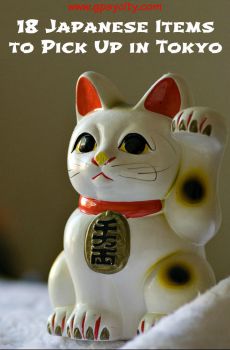
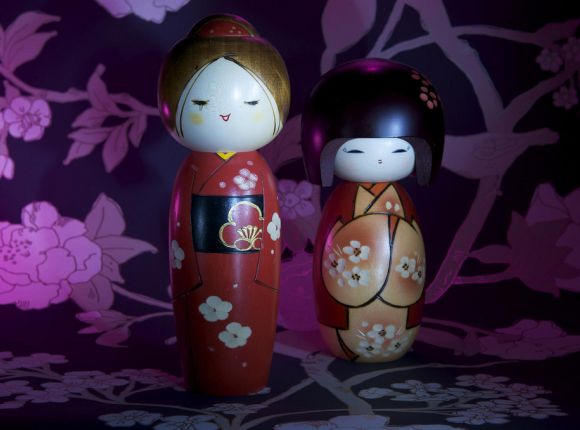

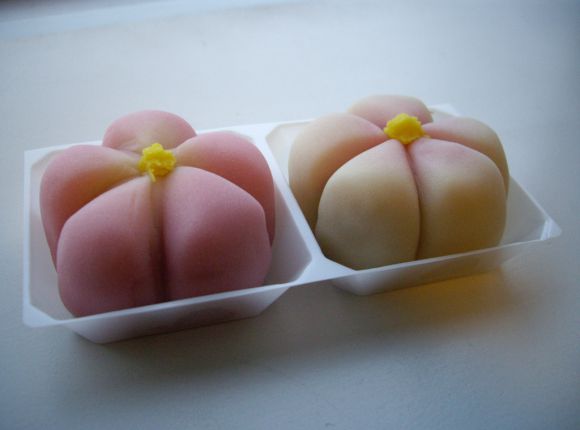
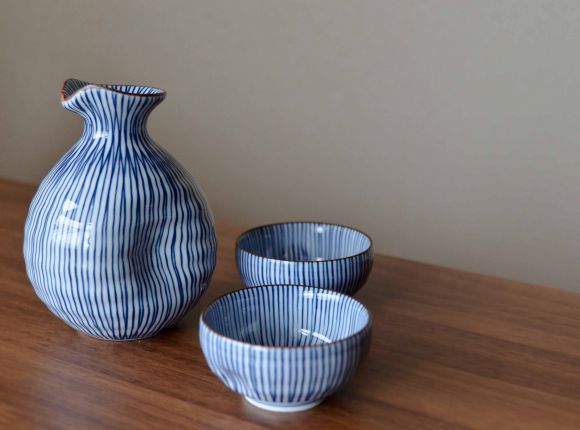
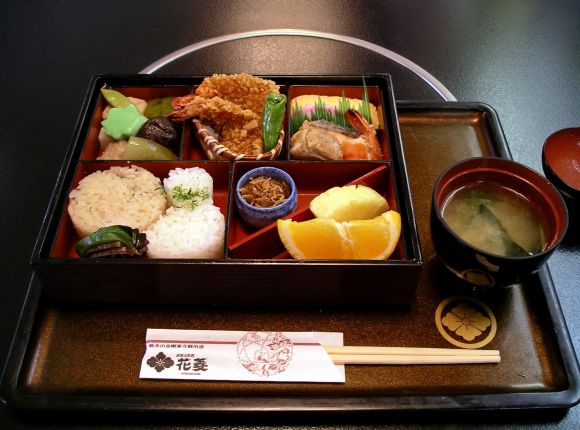
.jpg)
.jpg)
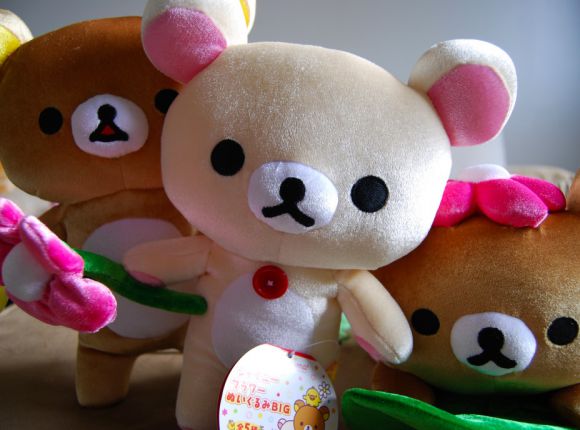
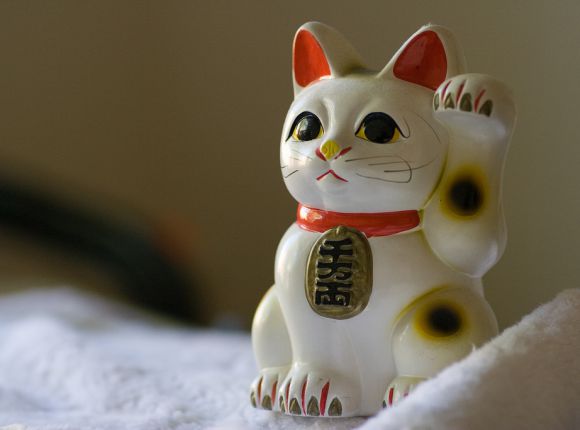
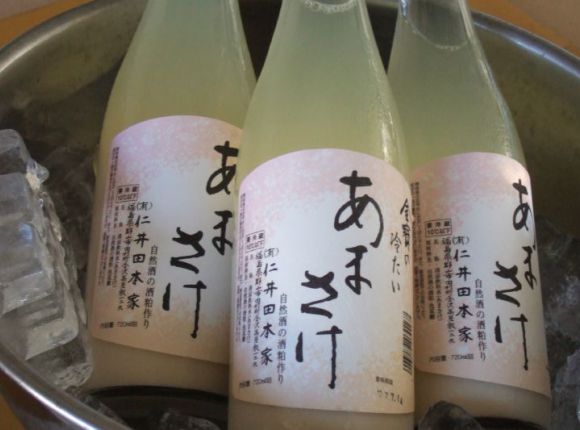
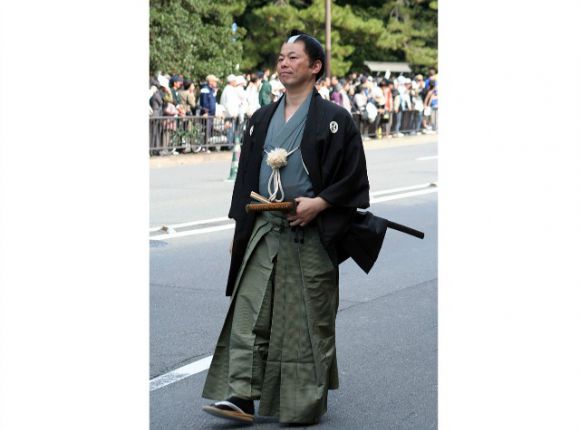
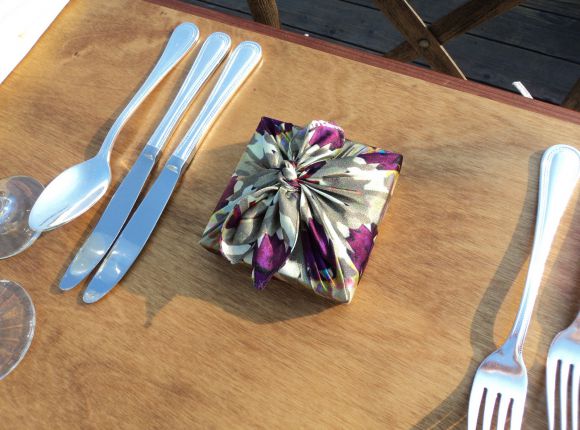
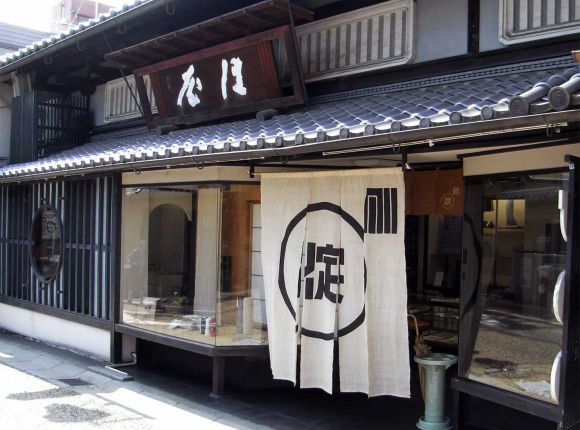
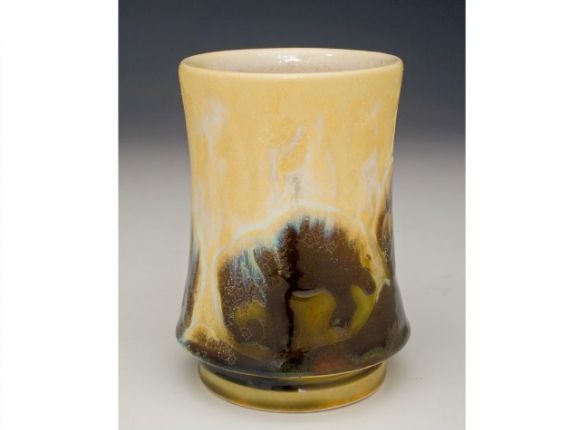
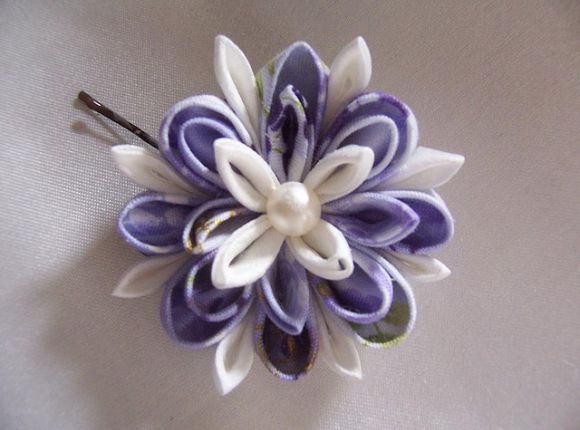
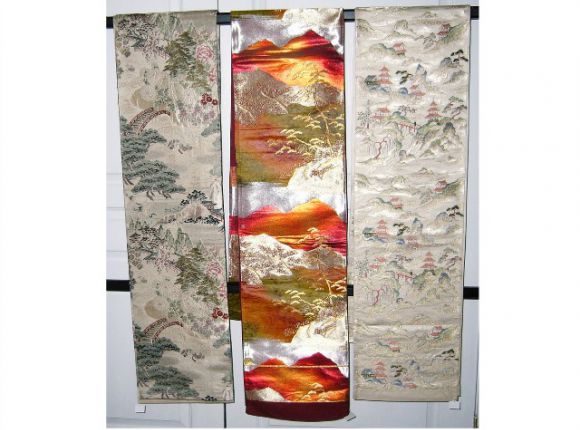.jpg)
